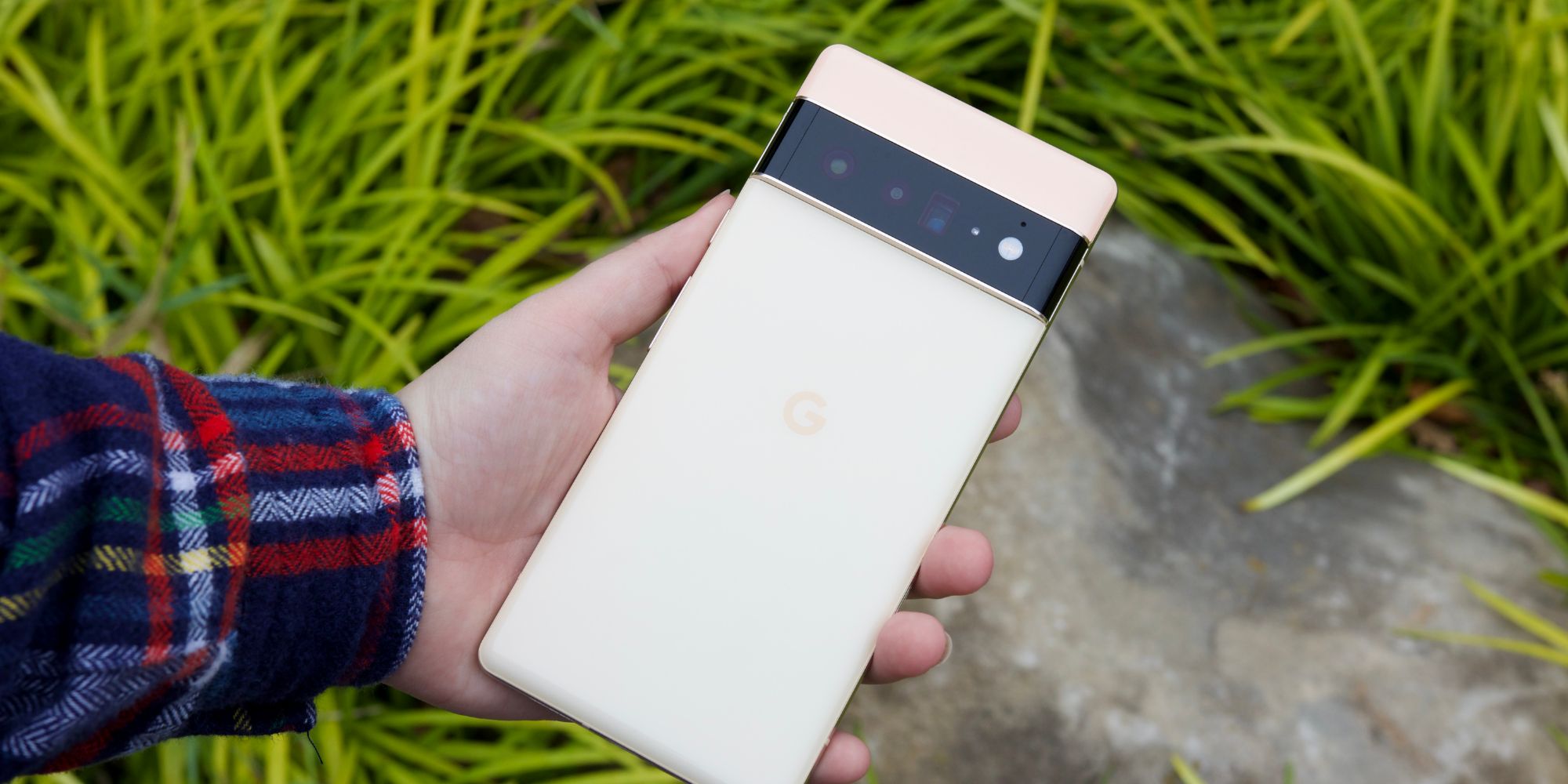5G is standard on both the Pixel 6 and Pixel 6 Pro, but for some users, turning off the feature on Google’s flagships may be a smart move. 5G has been a big talking point for carriers and smartphone manufacturers alike over the last couple of years. It’s the new wireless internet standard, offering speeds multiple times faster than what 4G LTE is capable of. While this is all technically true, the reality is that 5G networks still have a long ways to go before they’re perfect. From fluctuating speeds to lackluster coverage in certain areas, 5G is far from perfect at the moment.
Like any 5G phone, the Pixel 6 and Pixel 6 Pro ship with 5G enabled right out of the box. So long as someone’s using either phone with a carrier/plan that supports the faster connectivity, 5G is the default network type of choice. However, what isn’t immediately apparent is that it’s surprisingly easy to disable 5G if you don’t want to use it. Open the Settings app, tap ‘Network & internet,’ tap ‘SIMs,’ scroll down, tap ‘Preferred network type,’ and choose ‘LTE.’ Just like that, the Pixel 6 will hop off of its 5G network and switch to a 4G LTE one.
Why You Should Disable 5G On Your Pixel 6
If the above method doesn’t work for some reason, try the following alternative – open the Phone app, tap the dial pad icon, and enter ‘*#*#4636#*#*.’ This immediately opens a page called ‘Testing.’ From here, tap ‘Phone information‘ and then select the preferred network you want to use. That’s how to disable 5G on the Pixel 6, but here comes the bigger question — why would anyone want to do this? 5G is supposed to be faster and better than LTE, so what’s the point of switching to a lesser network?
While 5G is well-established in certain parts of the country, the exact opposite is true for other areas. In markets where 5G is still being built, it may very well have worse performance than its LTE counterpart. There’s also the fact that 5G uses more power than LTE. To get those faster download and upload speeds, 5G requires additional horsepower and energy from the Pixel 6’s modem — thus resulting in less battery life. If someone finds that their Pixel 6 isn’t lasting as long as they’d like, switching from 5G to LTE may very well offer a nice endurance boost.
Ultimately, the decision to turn off 5G or not comes down to each person’s preference. Live in an area with strong 5G coverage and want those faster speeds? It’s probably a good idea to leave the feature on. 5G isn’t perfect and does use more battery, but in places where it works, it really works. That said, for folks who don’t care about 5G and/or have limited access to it, switching to LTE is a smart move.
Which 5G Networks Do The Pixel 6 & 6 Pro Support?
Now that we’ve established how to turn off 5G on the Pixel 6 series, let’s look at what types of 5G networks are available for Google’s flagship smartphones. Starting with the Pixel 6 Pro, the top-end model supports both mmWave and Sub-6 5G, irrespective of the model purchased. This means that both unlocked and carrier-locked versions of the Pixel 6 Pro support both types of networks. Unfortunately, the story is different for the Pixel 6, where availability of 5G networks depends entirely on the carrier. Some carriers, like AT&T, Verizon, and Firstnet support both mmWave and Sub-6 5G on the Pixel 6. Others, like T-Mobile, Google Fi, Visible, Xfinity, Spectrum, Cricket, C Spire, Metro PCS, and USCC support only Sub-6 5G networks.
For those wondering what the difference is, Sub-6 5G is distributed over a larger area and is more widely available. It can be easily deployed over 4G towers, although this doesn’t result in a significant speed bump over LTE networks. mmWave 5G on the other hand offers speeds up to 1Gbps, but can only travel shorter distances and has difficulty passing through obstacles. This type of 5G network is available mainly in cities and densely populated areas, which means even Pixel 6 Pro users won’t be able to access it everywhere.
As time passes, though, 5G is expected to become more and more accessible as the infrastructure expands to keep up with the demands. At MWC Barcelona 2023, GSMA Intelligence predicted 5G connections will double by 2025. In two years, the analysts expect consumer 5G connections to hit two billion, up from just over 1 billion at the end of 2022. The 5G mmWave spectrum is opening up to more countries, with a significant bump in regions like India. While it may seem like it’s been a slow process, GSMA notes 5G is catching on faster than 3G and 4G before it.


